Offshore aquaculture startup deploys modular fish enclosures in deep water to produce a sashimi-grade yellowtail with low environmental impacts
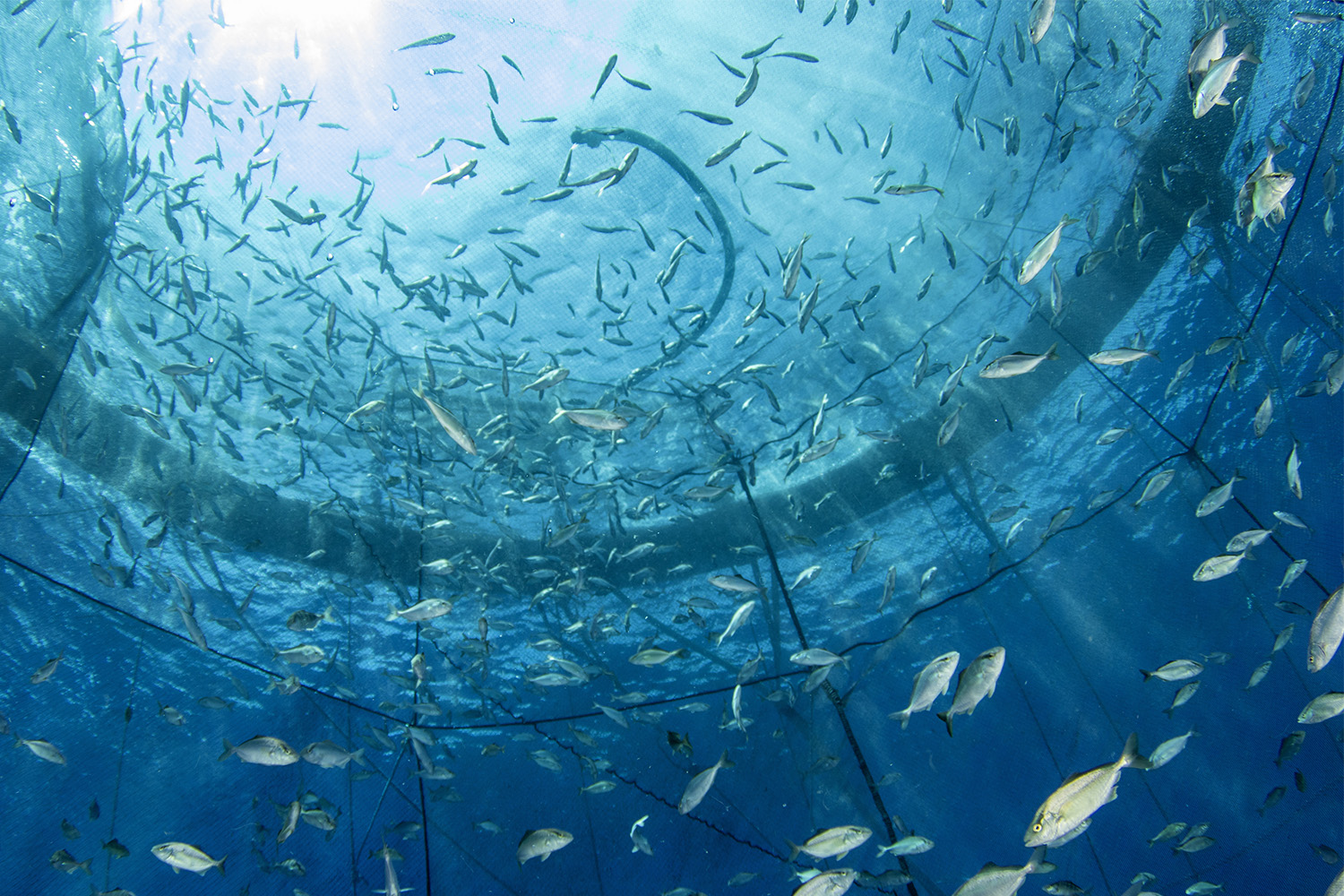
Aquaculture startup Forever Oceans claims it has overcome the challenges of offshore aquaculture. Its solution consists of modular, ruggedized fish enclosures anchored by patented single-point mooring along with sensors, software and automated features situated several miles from shore and in thousands of feet of water. At this depth and distance, the enclosures drift with the currents, allowing the fish – a yellowtail species called kanpachi (Seriola dumerili) – to mature like their uncaged counterparts.
“Our fish are being raised almost as if they’re wild. They’re swimming in their natural conditions,” CEO Bill Bien told the Advocate.
After years of research and development, Forever Oceans is now raising kanpachi off the Pacific Coast of Panama. Production volume of the yellowtail sushi-grade fish has grown tenfold since the farm started operation in August 2022, with the company on track to meet a reported goal of 2,500 metric tons harvested over 12 months. The company is selling product in North America and Europe with plans for other farms near Brazil and Indonesia to supply Asia and other markets.
The anchorage point for all of Forever Oceans’ farm enclosures will be at depths of at least 100 meters and as much as 1,000 meters, with the distance to shore depending on the local seafloor profile. Along with its modular enclosures and anchoring hardware, Forever Oceans also deploys sensors and AI (artificial intelligence) software. The sensors monitor the fish and their environment while the software uses this information to adjust feed so that it is only what is needed, thereby avoiding waste that costs money and contributes to negative environmental impacts. The software and sensors also check the enclosures’ biomass, alerting operators when the fish should be harvested, and otherwise automate operations.
The control software works in combination with the mooring hardware in other ways. The duo, for instance, can move the enclosures to different depths below the waves, making the enclosures capable of riding out all but the strongest hurricanes without suffering damage.
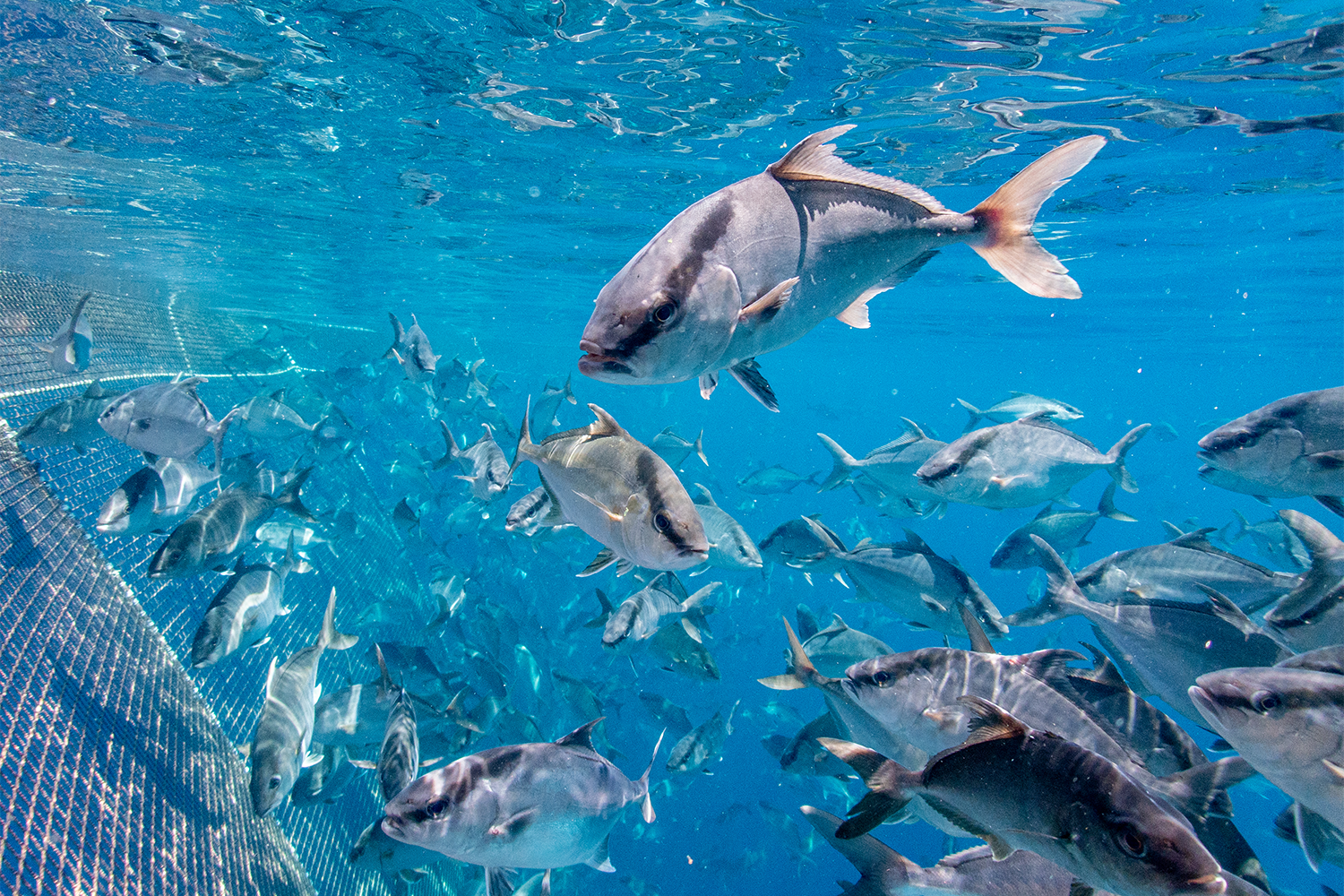
Farming in deep waters brings benefits, according to Bien. The fish, for instance, swim in natural currents, which pays dividends in terms of the final product.
“These fish are basically all athletes,” he said. “They’re in natural currents, rather than in a sheltered bay. As a result, they’re very muscled. They have great marbling, great taste, firm texture, while also having very rich omega-3s because of what we feed them.”
The company has provided about 5,000 samples of its product at industry trade shows thus far. More than 100 restaurants have signed up to sell the product.
The resulting feedback, Bien stated, is that the ocean-raised product is delicious and just as good in taste and quality as salmon and tuna. Other comments are that the ocean-raised fish really pops in the mouth because of the richness of the omega-3 and other fats. Chefs, Bien relayed, characterize kanpachi as versatile enough to appear as a center of the plate dish as well as sushi and sashimi.
Farming in deeper water and in enclosures that move also brings environmental benefits, noted Jason Heckathorn, chief sustainability officer. He founded Forever Oceans in 2014, a spin-off from Lockheed Martin.
An aquatic ecosystem exists in layers, he explained, with problems arising when there is an imbalance between the layers. Operating in deeper waters, in enclosures that move, and in currents that flow like rivers transform the effluent from farmed fish from a pollutant into a fertilizer for the seafloor and the ecology near it.
Forever Oceans worked with consultants to determine the proper carrying capacity of its farm modules. As a result, the fish are healthier and grow faster while eliminating issues that would arise from having too many fish in too small a space.
“Think of what we’ve done as rebalancing the ecosystem,” Heckathorn said.
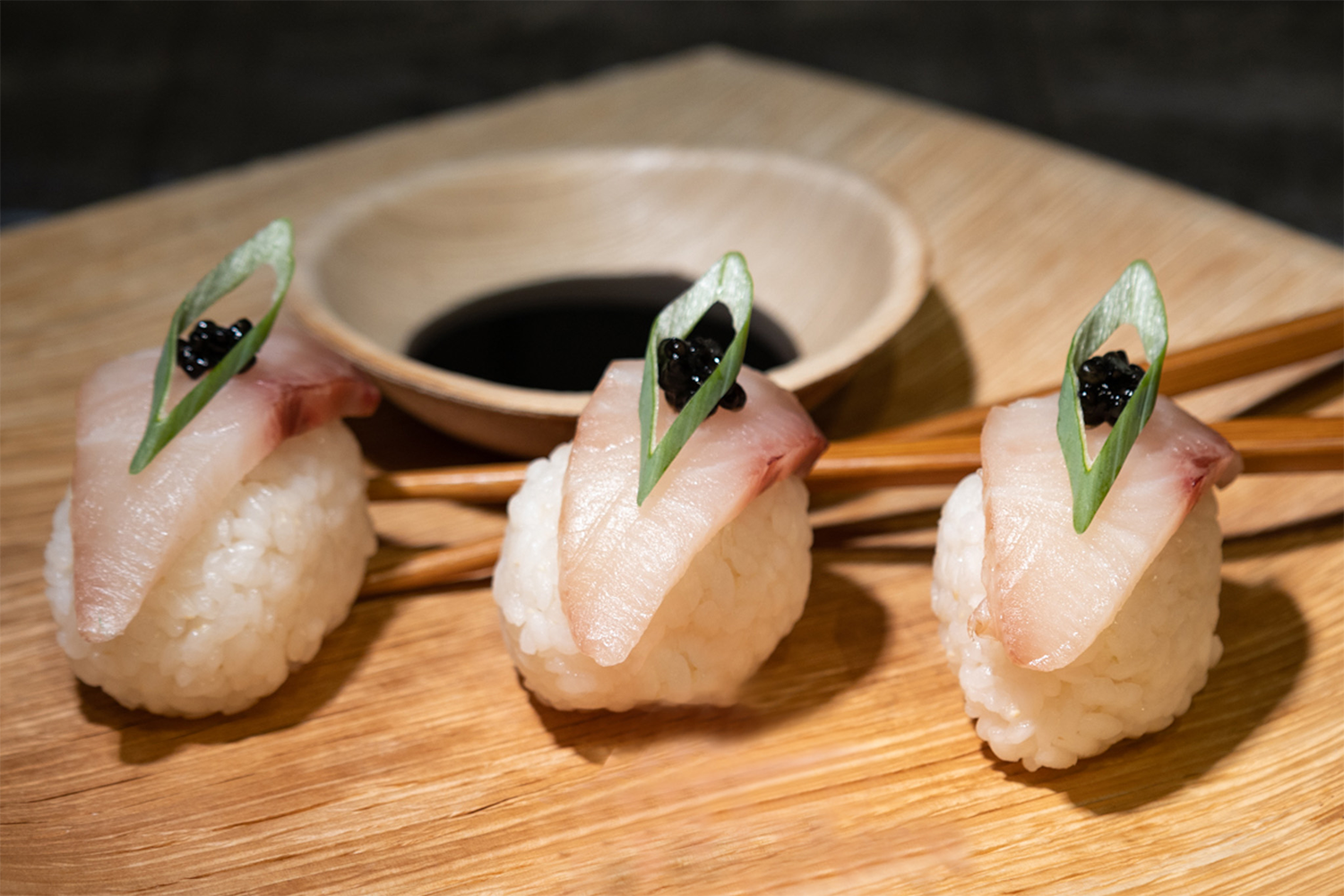
A study by The Nature Conservancy found that the Forever Oceans approach leads to an estimated 4.26 kilograms of carbon dioxide equivalent emission per kilogram of fish, about 20 percent less than that for salmon production. What’s more, operations will not significantly impact the ocean environment, according to the report.
Forever Oceans is currently concentrating on building out its farm network and expanding its market reach, Bien said, noting there will continue to be wild-caught fish and shallow water or even land-based aquaculture, and that there’s room for all products in the seafood market. Offshore aquaculture production that is cost competitive has a place in this picture because it helps meet a pressing need, he stressed.
“The world needs more protein. But it needs to be grown in a more sustainable way,” he said. “We’ve created that way. I think there’s a large opportunity in front of us.”
Follow the Advocate on Twitter @GSA_Advocate
Now that you've reached the end of the article ...
… please consider supporting GSA’s mission to advance responsible seafood practices through education, advocacy and third-party assurances. The Advocate aims to document the evolution of responsible seafood practices and share the expansive knowledge of our vast network of contributors.
By becoming a Global Seafood Alliance member, you’re ensuring that all of the pre-competitive work we do through member benefits, resources and events can continue. Individual membership costs just $50 a year.
Not a GSA member? Join us.
Author
-

Hank Hogan
Hank Hogan is a freelance writer based in California who covers science and technology. His work has appeared in publications ranging from Boy’s Life to New Scientist.
Tagged With
Related Posts
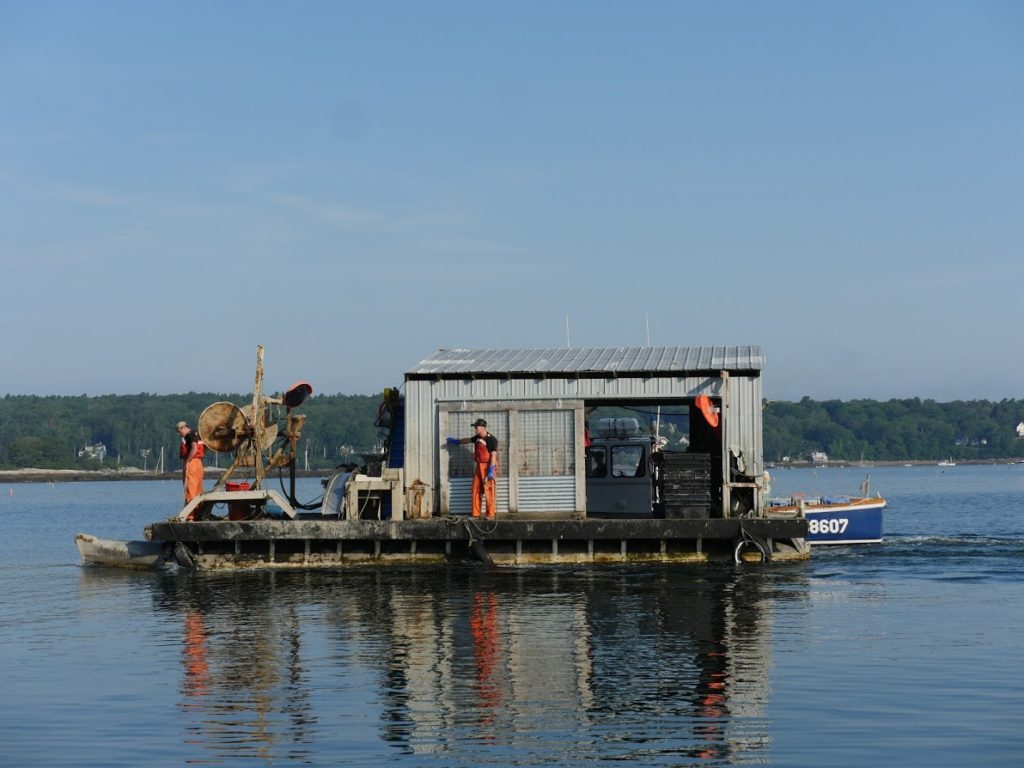
Intelligence
Can Americans’ perception of aquaculture change?
Perhaps the biggest barrier to aquaculture’s growth and development in the United States is public perception. There’s a lack of trust. And at the root of that is education.
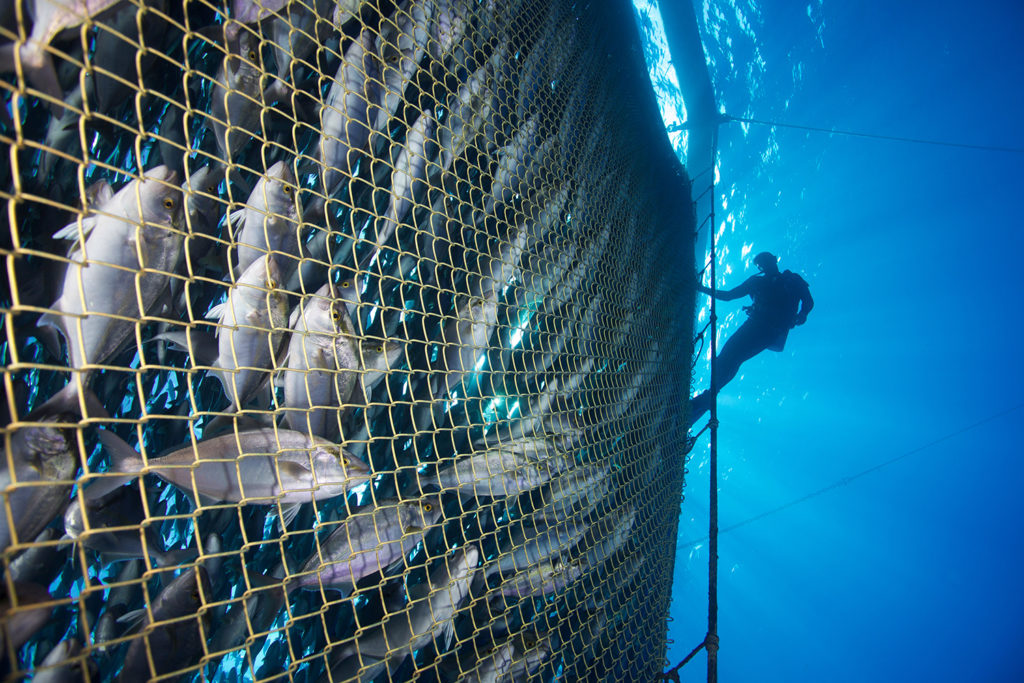
Intelligence
With executive order in hand, will USA get in the aquaculture game?
An executive order has prioritized marine aquaculture development in U.S. waters, leaving members of the seafood industry feeling hopeful for the future.
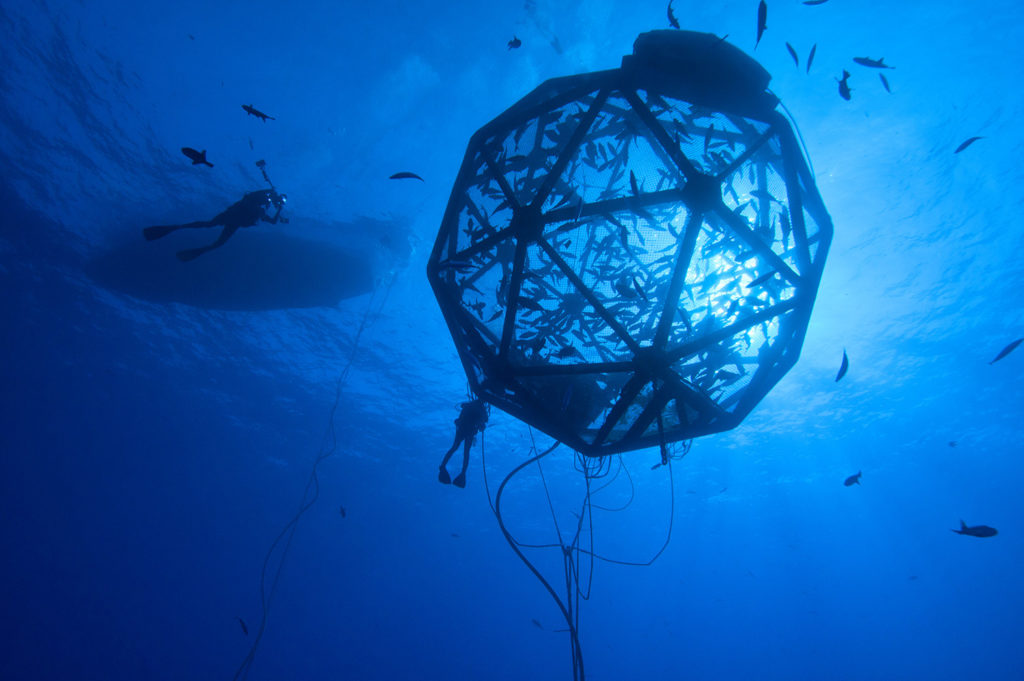
Innovation & Investment
Opinion: Stop offshoring offshore aquaculture
Something must change if the U.S. government hopes to encourage rather than discourage aquaculture, particularly in federal “offshore” waters. Neil Sims says it’s time to stop exporting knowledge, innovation and investment.
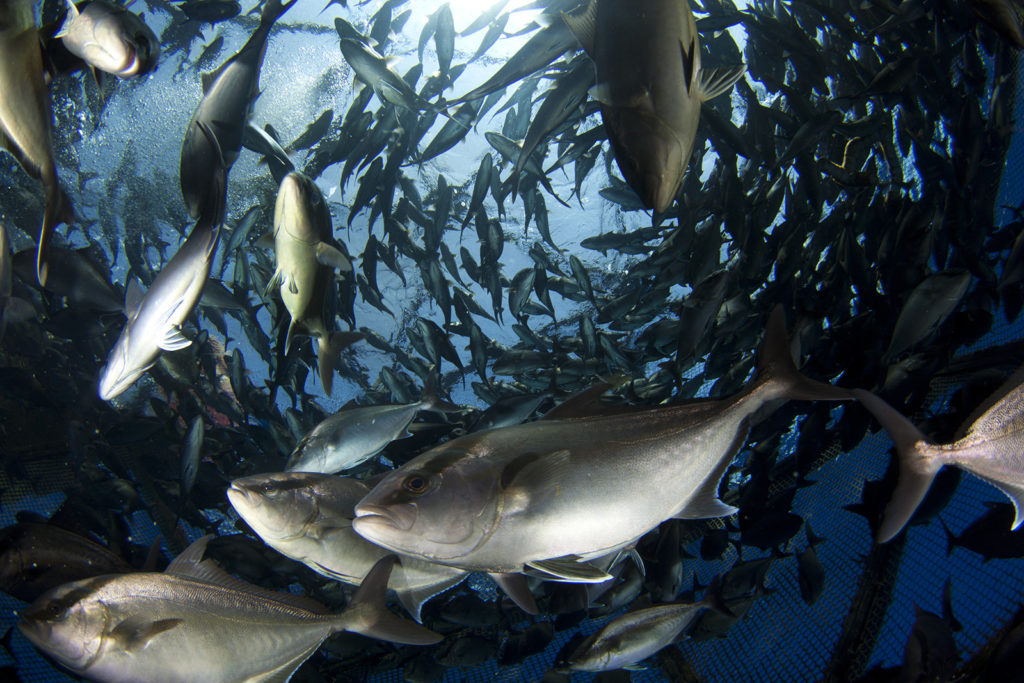
Innovation & Investment
Offshore aquaculture inches closer to reality in the Gulf of Mexico
New U.S. policies for offshore aquaculture permitting will soon be put to the test in the Gulf of Mexico. With imported products dominating the U.S. seafood landscape, some argue the time has come for the industry to take a leap forward.


